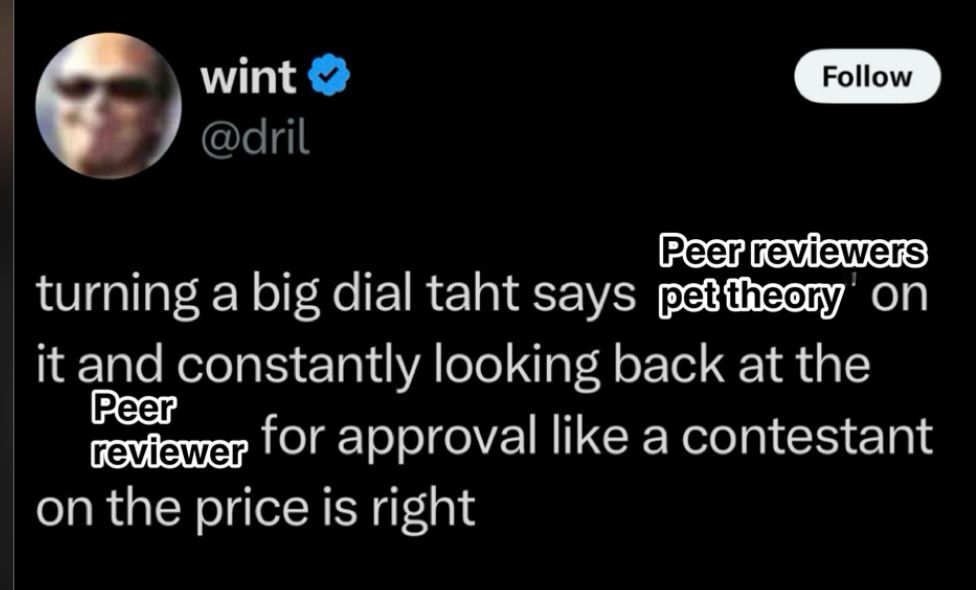
A screenshot shot of a dril tweet that says ‘turning a big dial that says peer reviewers pet theory on it and constantly looking back at the peer reviewer for approval like a contestant on the price is right
04.08.2025 09:09 — 👍 17 🔁 3 💬 0 📌 0@mitchnaughtonphd.bsky.social
PhD in Exercise Science | Lecturer in Exercise Physiology | Understanding Load, Fatigue, Recovery, and Systems Thinking

A screenshot shot of a dril tweet that says ‘turning a big dial that says peer reviewers pet theory on it and constantly looking back at the peer reviewer for approval like a contestant on the price is right
04.08.2025 09:09 — 👍 17 🔁 3 💬 0 📌 0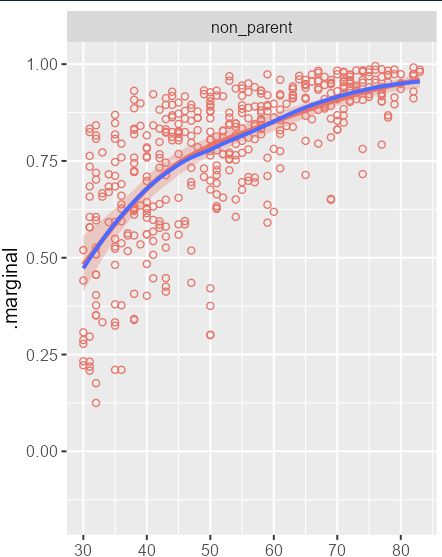
plot of the what i just said
yeah i fit a beta regression model with a 3-df spline on age and by-child random intercepts and computed marginal means by simulating and averaging 1000 children on each posterior draw... just to get the same thing as a LOESS smoooooth of the observations
24.07.2025 21:14 — 👍 32 🔁 2 💬 1 📌 1Whether you're in sports science, physiology, or rehabilitation, this one-day workshop blends theory and practice to help you start measuring with confidence.
Limited seats - first come, first served!
🔗 Register here: www.artinis.com/introduction...
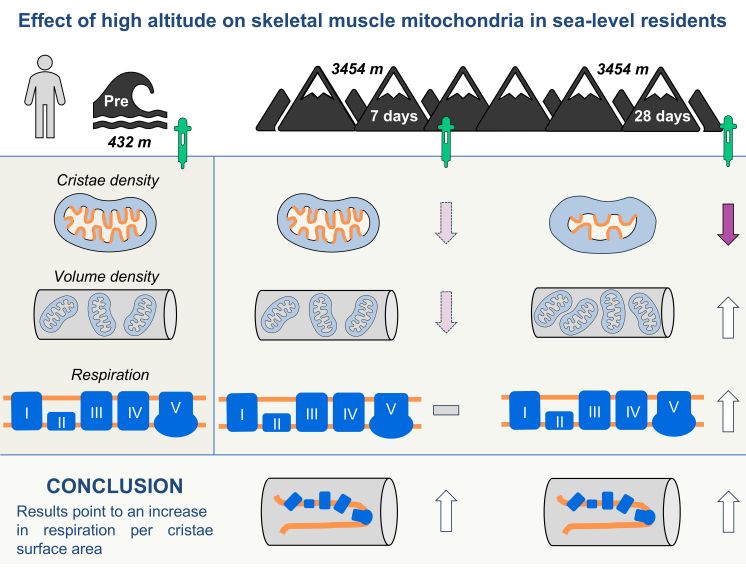
News from our lab: 4 weeks of altitude decreases skeletal muscle mitochondrial cristae density in humans (but mitochondrial respiration increased). Great work by Camilla Schytz, Carsten Lundby, and colleagues. doi.org/10.1152/japp...
04.07.2025 19:38 — 👍 17 🔁 5 💬 0 📌 0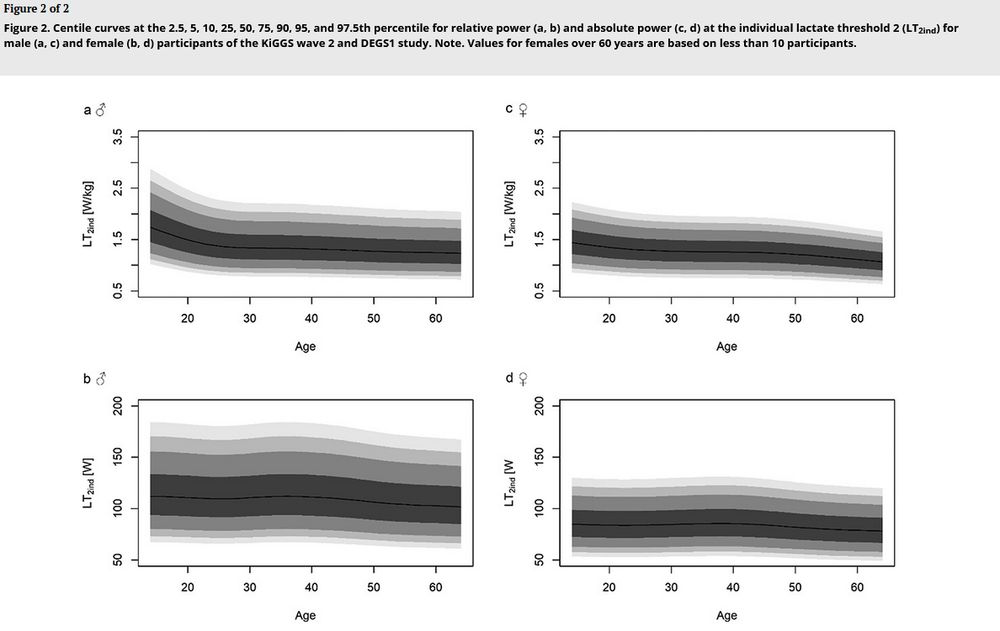
Displayed are the centile curves at different percentiles for relative and absolute power at the individual lactate threshold.
📊 New Publication!
We analyzed 5000+ cycle ergometer tests (ages 14-64) to create reference standards of lactate thresholds for health studies and clinical practice.
Full text: doi.org/10.1080/0264...
#Exercise #SportsScience 🧪

After the latest round of grading papers, I wrote about AI, ChatGPT, the death of the student essay, and what it means for the future of human cognition.
19.06.2025 10:44 — 👍 911 🔁 363 💬 74 📌 143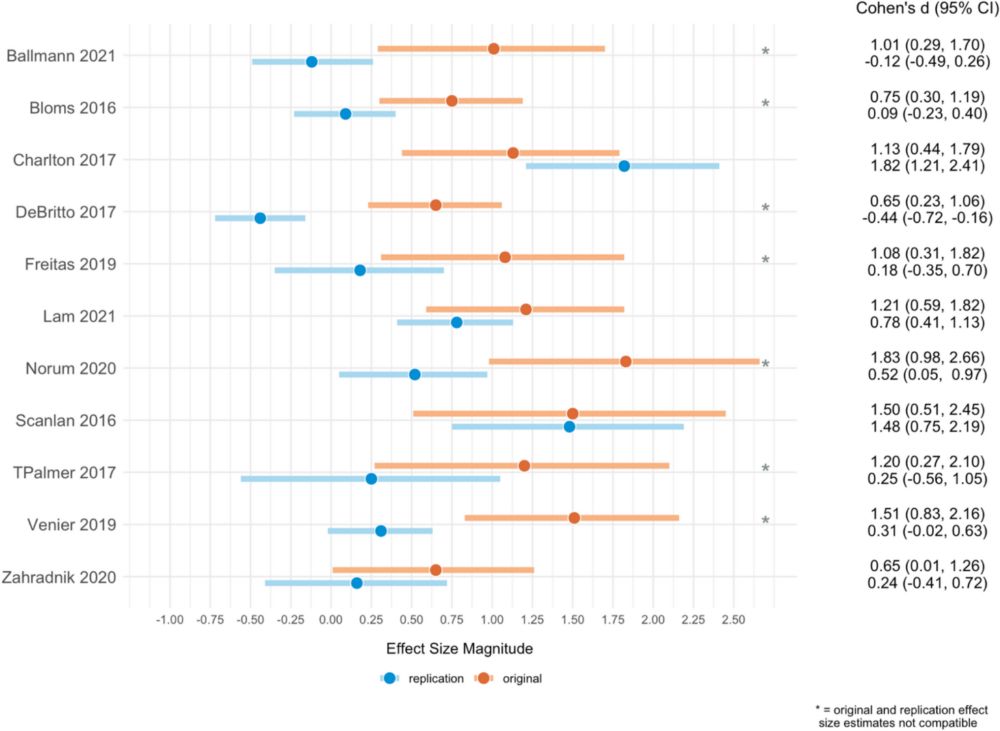
New Replication Project in sport and exercise science shares it results: Out of 25 replication studies performed, 56% yielded significant results, but only 7 (28%) revealed a similar effect size. Several problems related to the quality of are discussed.
link.springer.com/article/10.1...
I'm pleased to announce the publication of two important papers in Sports Medicine on the first every large replication project in sport and exercise science. Read the full papers:
lnkd.in/gH3NCqK5
lnkd.in/gE7izySW
#SportsScience #EvidenceBasedPractice #Research #OpenScience #Replication
Carnivàle?
14.06.2025 07:01 — 👍 2 🔁 0 💬 0 📌 0
UNSW School of BABS Special Seminar Peer review meltdown Carl T. Bergstrom, University of Washington Host/Chair Prof Mark Tanaka Monday 23 June 2025 1pm-2pm Mathews Theatre C You’ve seen it yourself. Peer review is coming apart at the seams. Editors face a mighty struggle to recruit reviewers. Researchers are overwhelmed with review requests. Authors wait months or longer for low-quality reviews of their work. In this talk, I present a series of simple mathematical models to illustrate what is happening and why. (1) An elite journal relies on peer review to identify the top papers; knowing the quality of the peer review process, authors self-screen and send only their best work to this journal. But when the reward from publishing in the elite journal increases, submission volume increases. (2) When submission volume increases, review quality drops as the most qualified reviews are no longer available — but we prove that when review quality drops, submission volume necessarily increases as more authors try to sneak in undeservedly. This feedback process swamps the journals with submissions and erodes the quality of review. (3) We next consider what happens as elite journals proliferate and show that, paradoxically, as the number of elite journals increases, researchers self-screen more assiduously, but the review load continues to increase. To illustrate the consequences, we consider welfare measures for authors, reviewers, and readers. (4) Finally, we explore the way in which aggressive desk rejection policies can partially check this peer review meltdown.
Australian friends!
I'm going to be visiting Sydney in just over a week. I'll be at UNSW on June 23-25th and Macquarie on June 26-27th.
I'd love to catch up with people in person, and also will be giving (at least) two talks at UNSW.
The first is science-of-science modeling talk, on June 23:
@jamesheathers.bsky.social hiring on your new venture?
07.06.2025 08:33 — 👍 2 🔁 0 💬 0 📌 0
I finally understood B-splines by working through the Cox-deBoor algorithm step-by-step, discovering they’re just weighted combo of basis functions that make non-linear regression linear. What surprised me is going through Bayesian statistics helped me understand the engine behind the model! #rstats
04.06.2025 00:44 — 👍 57 🔁 9 💬 3 📌 3Given that generative AI is pulling from the ~same subtrate of information and is being highly used by students for assessment. How many years of student submissions of a given assessment will it take before it flags for plagiarism? Has this been examined?
30.05.2025 15:04 — 👍 2 🔁 0 💬 0 📌 0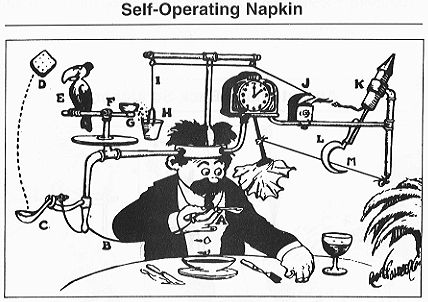
Fitting a generalized mixed model with a gamma distribution log link and random slopes to reaction time data to arrive at precisely the same point estimate as the authors did by simply averaging and conducting a t-test:
28.05.2025 17:22 — 👍 294 🔁 34 💬 19 📌 6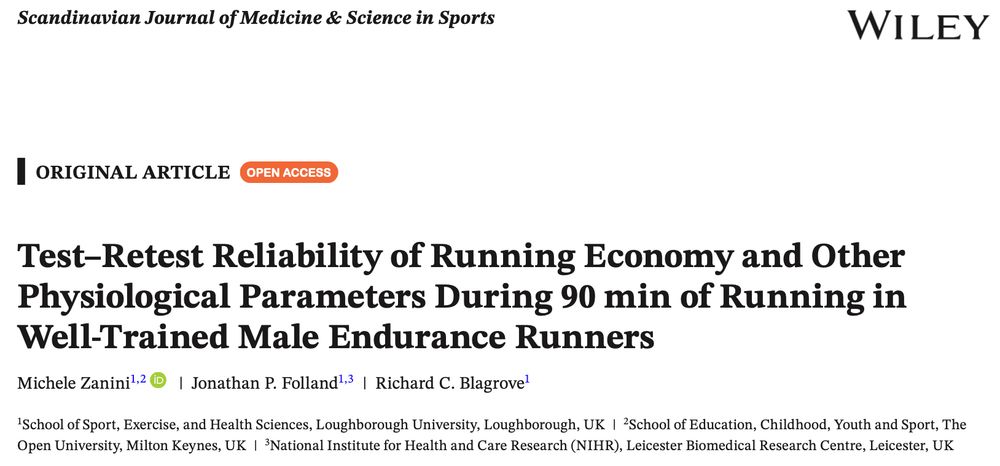
New paper out in Scand J Med Sci Sports!
We tested the reliability of running economy (RE) and other physiological parameters during 90 min of running.
➡️ Running economy is highly reliable in a fatigued state, a 👍🏼 implication for testing durability
🆓📄 onlinelibrary.wiley.com/doi/10.1111/...
🧵1/8
its amazing how chatgpt knows everything about subjects I know nothing about, but is wrong like 40% of the time in things im an expert on. not going to think about this any further
08.03.2025 00:13 — 👍 12420 🔁 3113 💬 88 📌 106
New Editorial: ‘Tackling’ safety through a systems thinking approach: building safety culture within sport @BJSM_BMJ bjsm.bmj.com/content/59/1... @mitchnaughtonphd.bsky.social 🏉🔬
22.05.2025 19:11 — 👍 3 🔁 1 💬 0 📌 0Yup. I continue to say that AI is for those who fetishize THE IDEA and dismiss THE WORK. It's for those people who come up to writers and say, "I got a great idea for a book, I'll give it to you, you write it, and we'll split the profits 50/50," as if the idea is the hardest and most important part.
21.05.2025 14:24 — 👍 2781 🔁 747 💬 74 📌 68The old motte-and-bailey technique. Sure, we put sensational claims in the title and abstract, but look, see here on page 14 in the discussion we said the caveat thing... So, we're actually rigorous af.
21.05.2025 15:36 — 👍 20 🔁 4 💬 2 📌 0
Our new durability paper is out in SJMSS!
We tested how endurance performance determinants change after heavy-intensity running (90 and 120 min) in well-trained marathoners.
📌Below details of what we’ve found.
🆓 Open-Access
📄 onlinelibrary.wiley.com/doi/10.1111/...
🧵1/14
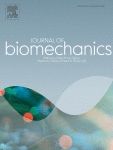
📢 🚨 Serial sarcomerogenesis does not contribute to the initial repeated bout effect
www.sciencedirect.com/science/arti...
Latest work from the PowerLab Ethan & @hinksave.bsky.social
The quote is such a cleareyed distillation of all the issues with using AI in writing and learning. It’s going straight into my courses when discussing issues with AI.
05.05.2025 19:54 — 👍 1 🔁 0 💬 0 📌 0I’m sorry but if your students use AI to write papers and you use AI to grade them zero school is happening. You are running together on a hamster wheel
15.04.2025 00:15 — 👍 13854 🔁 3942 💬 180 📌 139
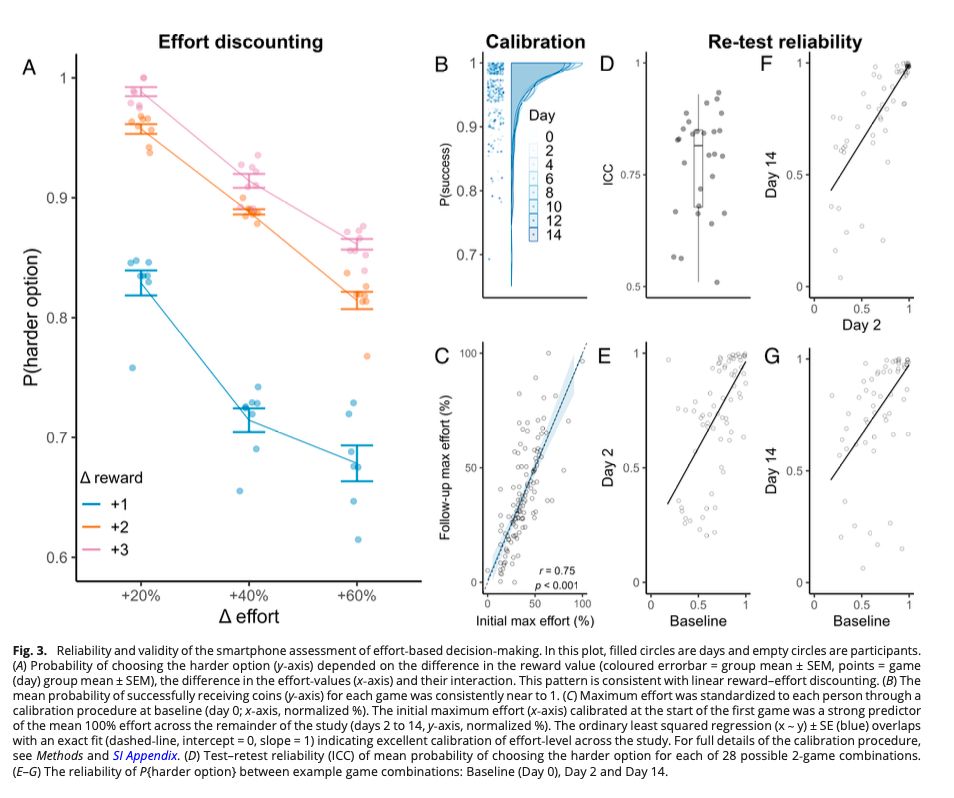
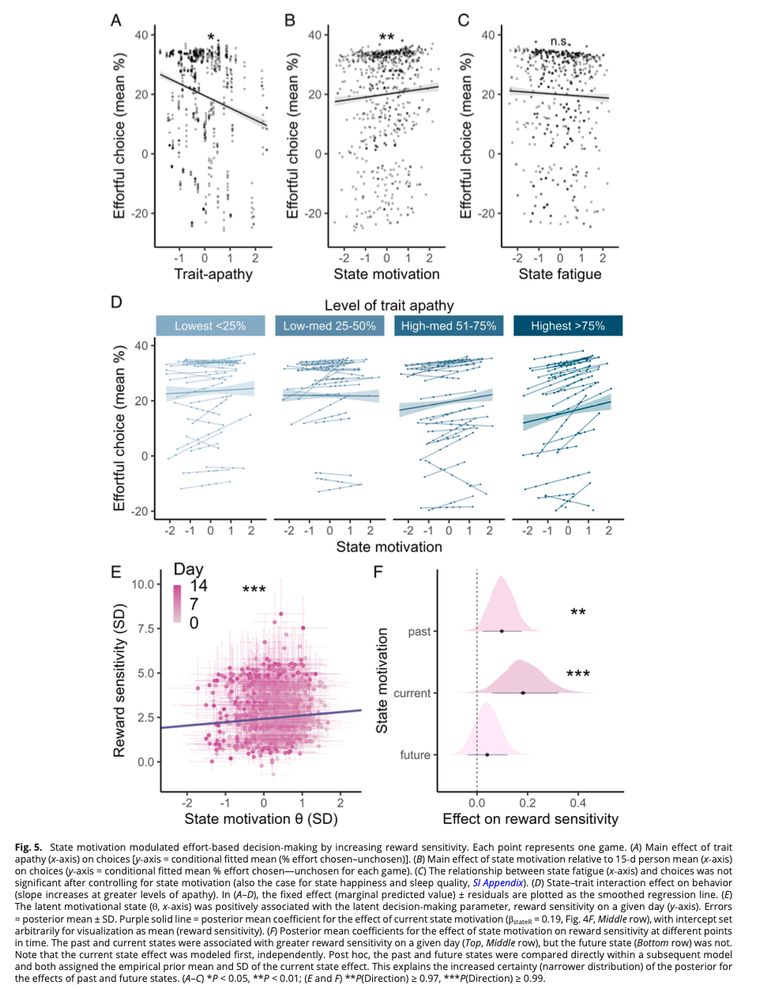
Day-to-day fluctuations in motivation drive effort-based decision-making www.pnas.org/doi/full/10....
05.05.2025 15:35 — 👍 10 🔁 3 💬 0 📌 0this continues to be the most useful metaphor I’ve seen
05.05.2025 16:29 — 👍 509 🔁 146 💬 2 📌 0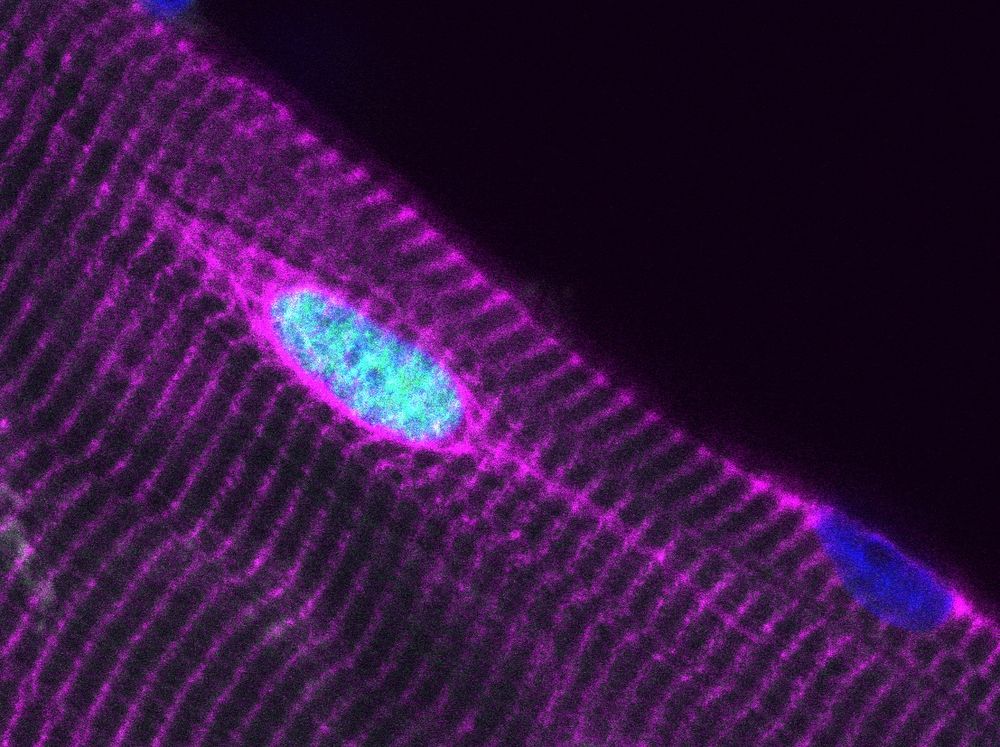
Our latest review is out now in @jphysiol.bsky.social
The repair capacity spectrum of human skeletal muscle injury from sports to surgical trauma settings
Great team effort 🙌 @grithhojfeldt.bsky.social, Christian Hoegsbjerg, Arvind von Keudell
@ismcopenhagen.bsky.social
doi.org/10.1113/JP28...
If you're a grad student or an undergrad interested in research I need to you listen to me very carefully.
You cannot learn to write good research papers if you do not read good research papers.
Stop asking LLMs to summarize papers for you.
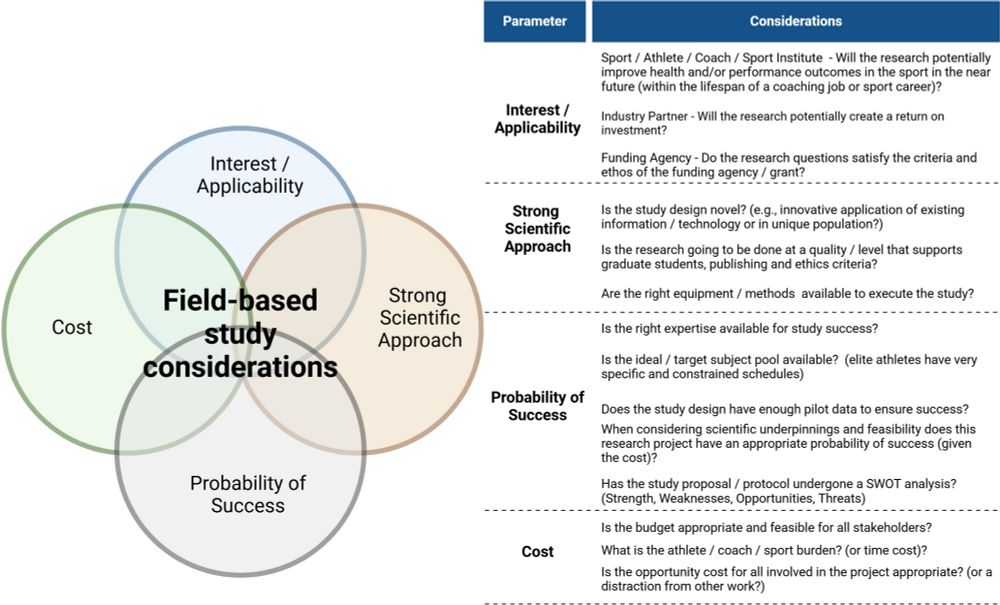
Excited to see this one published.
“Integrative Field-Based Health and Performance Research” dives into the challenges and best practices of doing high-quality science in real-world sport. Grateful to work with an amazing group of authors on this!
link.springer.com/article/10.1...
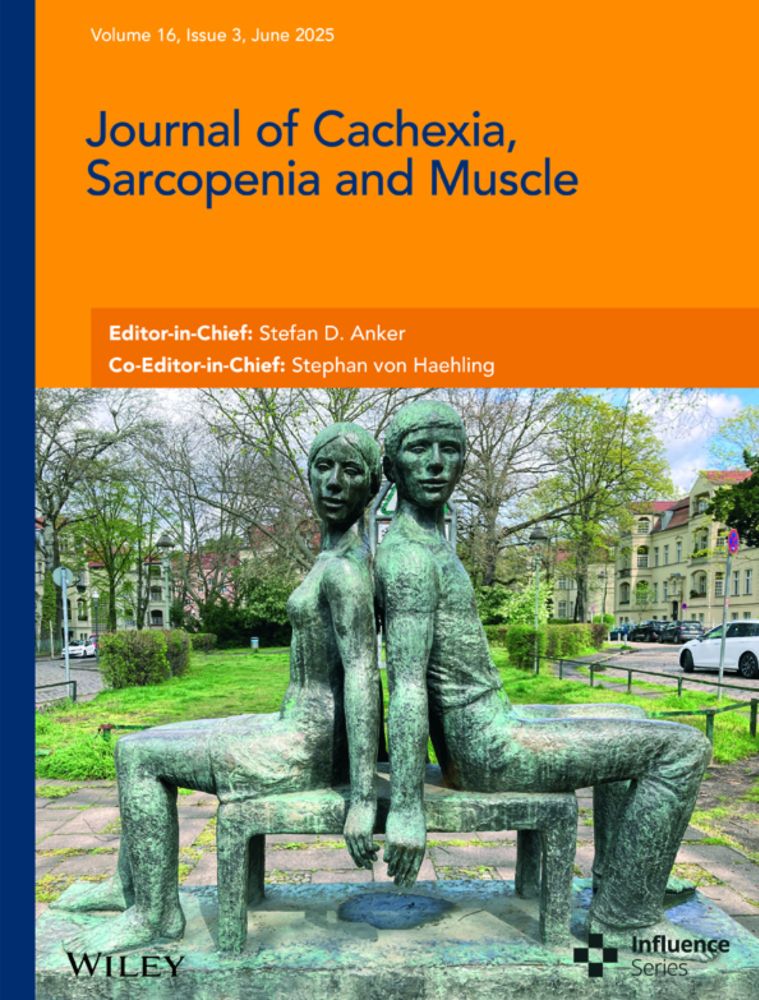
A 10-Year Longitudinal Study of Muscle Morphology and Performance in Masters Sprinters
onlinelibrary.wiley.com/doi/10.1002/...
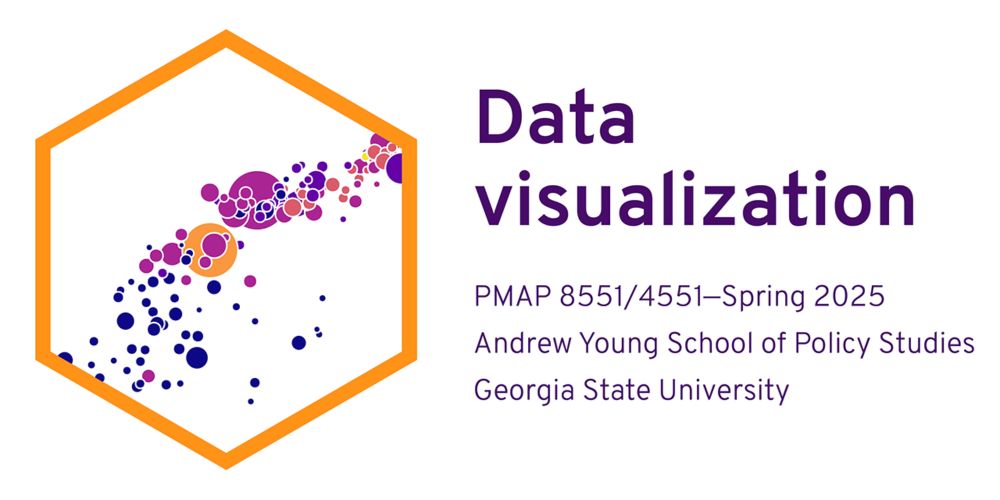
It was probably this! datavizsp25.classes.andrewheiss.com/resource/ai-...
26.04.2025 23:42 — 👍 30 🔁 9 💬 1 📌 2